As the summer heat sets in, it’s the perfect time to add some vibrant, colorful blooms to your garden. July is an excellent month to plant a variety of flowers that will thrive in the warm, sunny conditions. In this blog post, we’ll explore three stunning options to consider for your July planting.
Astilbe

Astilbe, also known as false goat’s beard or meadowsweet, is a perennial flower that adds a touch of elegance and drama to any garden. These plants produce feathery, plume-like flowers that come in a range of colors, including pink, red, white, and lavender. Astilbe thrives in partially shaded areas and moist, well-drained soil, making it an ideal choice for gardens with dappled sunlight or areas that tend to stay a bit damp.
When planting Astilbe in July, choose a location that offers some protection from the midday sun. Amend the soil with compost or well-rotted manure to ensure optimal moisture retention and nutrient availability. Space the plants about 12-18 inches apart, and water them regularly, especially during dry spells. Astilbe will typically bloom from mid-summer to early fall, providing a long-lasting display of color and texture in your garden.
Bee Balm
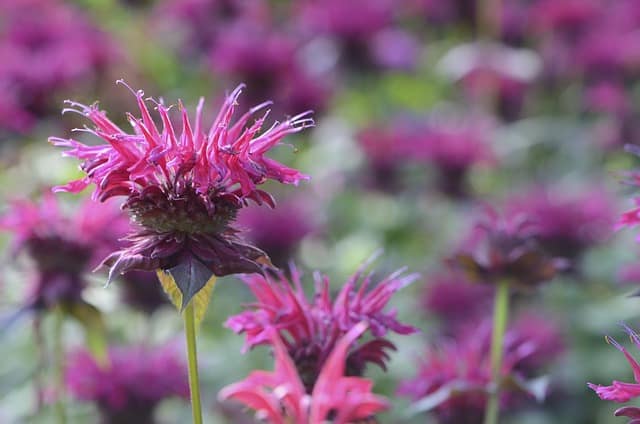
Bee Balm, also known as Monarda, is a vibrant and fragrant perennial that attracts a variety of pollinators, including bees, butterflies, and hummingbirds. These plants produce clusters of tubular flowers in shades of red, pink, purple, and white, creating a stunning visual display. Bee Balm prefers full sun to partial shade and well-drained, moist soil.
When planting Bee Balm in July, choose a location that receives at least 6 hours of direct sunlight per day. Amend the soil with compost or aged manure to improve drainage and fertility. Space the plants about 18-24 inches apart, and water them regularly, especially during the establishment phase. Bee Balm will typically bloom from mid-summer to early fall, providing a long season of nectar-rich flowers for your garden’s pollinators.
Blanket Flower
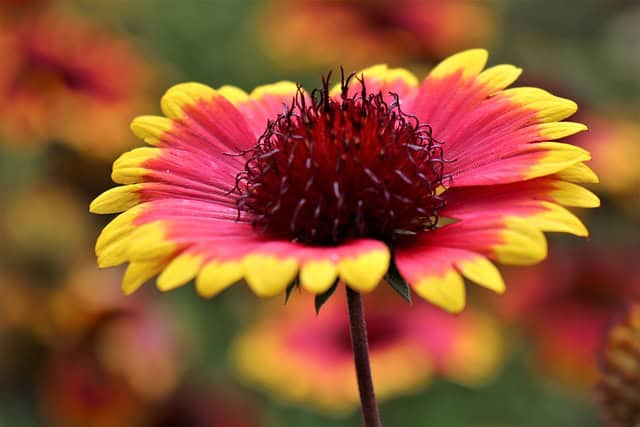
Blanket Flower, also known as Gaillardia, is a vibrant and drought-tolerant perennial that thrives in hot, sunny conditions. These plants produce daisy-like flowers with bold, contrasting colors, often featuring shades of red, orange, and yellow. Blanket Flower prefers full sun and well-drained soil, making it an excellent choice for gardens in hot, dry climates.
When planting Blanket Flower in July, choose a location that receives at least 6 hours of direct sunlight per day. Amend the soil with compost or sand to improve drainage if necessary. Space the plants about 12-18 inches apart, and water them regularly during the establishment phase. Once established, Blanket Flower is relatively drought-tolerant and can withstand periods of dry weather. These flowers will typically bloom from mid-summer to early fall, providing a long-lasting display of color in your garden.
Blazing Star
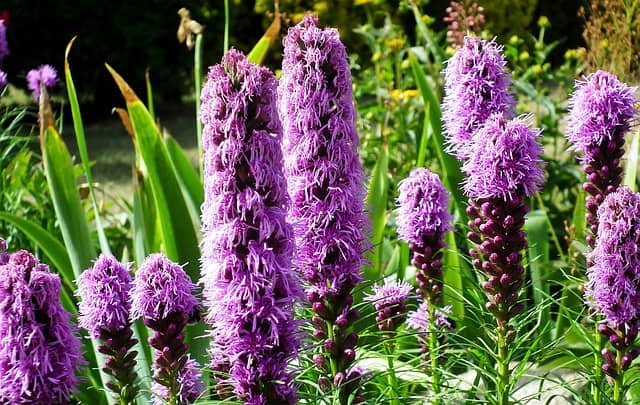
Blazing Star, also known as Liatris, is a striking perennial that adds a touch of drama and elegance to any garden. These plants produce tall, upright flower spikes that bloom from the top down, creating a unique and captivating display. The flowers come in shades of purple, pink, and white, and they attract a variety of pollinators, including butterflies and hummingbirds.
When planting Blazing Star in July, choose a location that receives full sun and has well-drained, sandy soil. Amend the soil with compost or aged manure to improve fertility and drainage. Space the plants about 12-18 inches apart, and water them regularly during the establishment phase. Once established, Blazing Star is relatively drought-tolerant and can withstand periods of dry weather. These flowers will typically bloom from mid-summer to early fall, providing a long-lasting display of color and texture in your garden.
Catmint
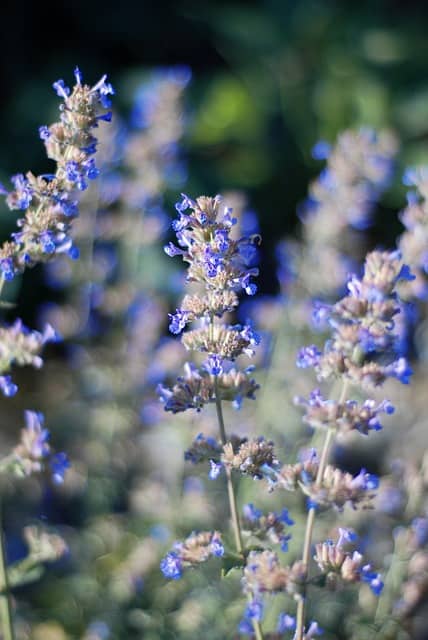
Catmint, also known as Nepeta, is a fragrant and versatile perennial that thrives in hot, sunny conditions. These plants produce clusters of small, lavender-blue flowers that bloom for an extended period, often from early summer to late fall. Catmint is also known for its aromatic, silvery-green foliage, which can add a beautiful contrast to other plants in your garden.
When planting Catmint in July, choose a location that receives full sun and has well-drained soil. Amend the soil with compost or aged manure to improve fertility and drainage. Space the plants about 18-24 inches apart, and water them regularly during the establishment phase. Once established, Catmint is relatively drought-tolerant and can withstand periods of dry weather. These plants will typically bloom for several months, providing a long-lasting display of color and fragrance in your garden.
Cosmos
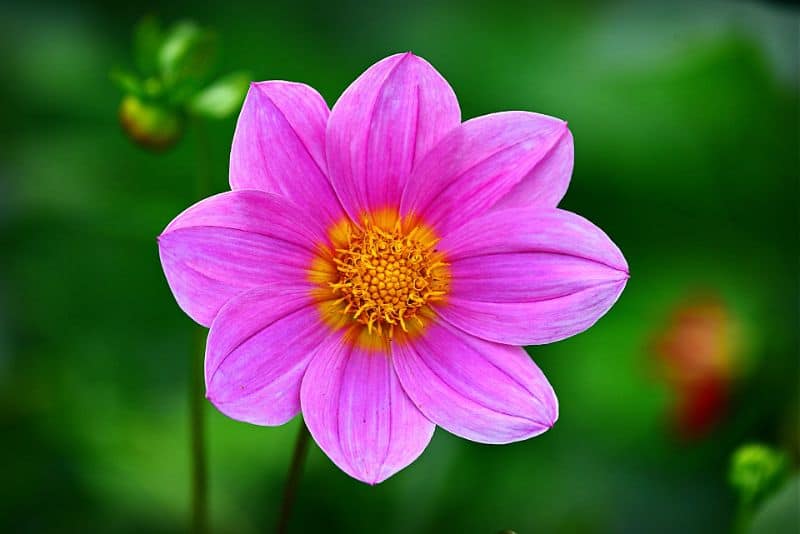
Cosmos is an annual flower that adds a touch of whimsy and charm to any garden. These plants produce delicate, daisy-like flowers in a range of colors, including white, pink, purple, and red. Cosmos are known for their ability to self-seed, making them a low-maintenance and long-lasting addition to your garden.
When planting Cosmos in July, choose a location that receives full sun and has well-drained soil. Amend the soil with compost or aged manure to improve fertility and drainage. Space the plants about 12-18 inches apart, and water them regularly during the establishment phase. Cosmos will typically bloom from mid-summer to early fall, providing a long season of vibrant, colorful flowers that attract a variety of pollinators.
Foamflower
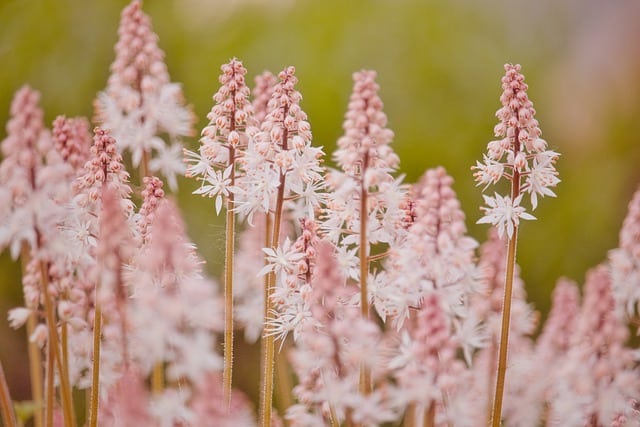
Foamflower, also known as Tiarella, is a delicate and charming perennial that thrives in partially shaded areas. These plants produce clusters of small, white or pink flowers that resemble delicate foam, hence the common name. Foamflower also features attractive, lobed leaves that can range in color from green to bronze, adding an extra layer of visual interest to your garden.
When planting Foamflower in July, choose a location that receives partial shade and has moist, well-drained soil. Amend the soil with compost or aged manure to improve fertility and moisture retention. Space the plants about 12-18 inches apart, and water them regularly, especially during dry spells. Foamflower will typically bloom from late spring to mid-summer, providing a long-lasting display of delicate, airy flowers.
Garden Phlox
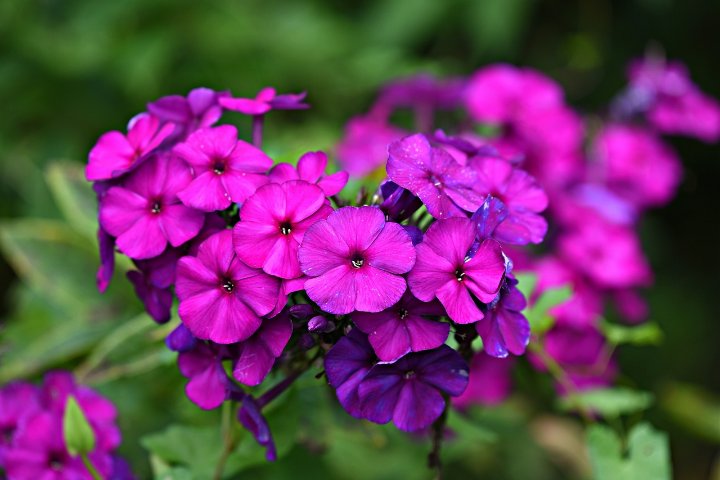
Garden Phlox is a vibrant and fragrant perennial that adds a touch of elegance and charm to any garden. These plants produce large, showy flower clusters in a range of colors, including white, pink, purple, and red. Garden Phlox is also known for its sweet, honeysuckle-like fragrance, which can attract a variety of pollinators, such as butterflies and hummingbirds.
When planting Garden Phlox in July, choose a location that receives full sun and has well-drained, fertile soil. Amend the soil with compost or aged manure to improve nutrient content and drainage. Space the plants about 18-24 inches apart, and water them regularly during the establishment phase. Once established, Garden Phlox is relatively drought-tolerant and can withstand periods of dry weather. These flowers will typically bloom from mid-summer to early fall, providing a long season of vibrant, fragrant blooms.
Hardy Geranium
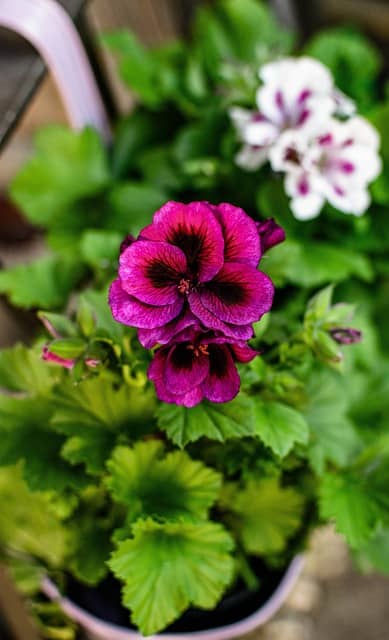
Hardy Geranium, also known as Cranesbill, is a versatile and low-maintenance perennial that thrives in a variety of growing conditions. These plants produce delicate, saucer-shaped flowers in shades of pink, purple, and white, often with contrasting veining or centers. Hardy Geranium is also known for its attractive, deeply lobed foliage, which can provide a beautiful backdrop for the flowers.
When planting Hardy Geranium in July, choose a location that receives full sun to partial shade and has well-drained soil. Amend the soil with compost or aged manure to improve fertility and drainage. Space the plants about 12-18 inches apart, and water them regularly during the establishment phase. Once established, Hardy Geranium is relatively drought-tolerant and can withstand periods of dry weather. These flowers will typically bloom from early summer to late fall, providing a long season of delicate, eye-catching blooms.
Hollyhocks
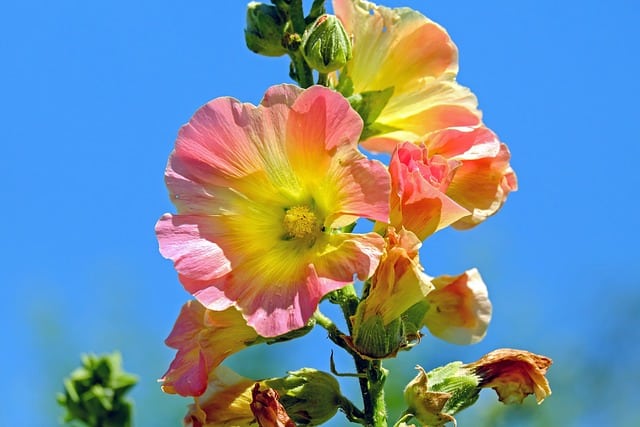
Hollyhocks are a classic, old-fashioned flower that add a touch of whimsy and charm to any garden. These stately plants produce tall, spire-like flower stalks that can reach up to 8 feet in height, adorned with large, showy blooms in a variety of colors, including white, pink, red, yellow, and purple. Hollyhocks are biennials, meaning they typically bloom in their second year of growth, but they can self-seed readily, providing a long-lasting display in your garden.
When planting Hollyhocks in July, choose a location that receives full sun and has well-drained, fertile soil. Amend the soil with compost or aged manure to improve nutrient content and drainage. Space the plants about 18-24 inches apart, and water them regularly during the establishment phase. Once established, Hollyhocks are relatively drought-tolerant and can withstand periods of dry weather. These flowers will typically bloom from mid-summer to early fall, providing a dramatic and long-lasting display of color in your garden.
Lamb’s Ear
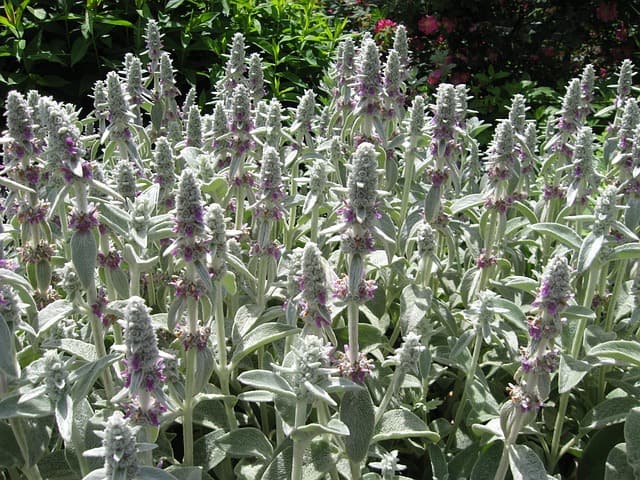
Lamb’s Ear, also known as Stachys, is a unique and textural perennial that adds a touch of whimsy and softness to any garden. These plants produce velvety, silver-gray leaves that resemble the soft, fuzzy ears of a lamb, hence the common name. Lamb’s Ear also produces small, purple or pink flowers that bloom in the summer, but the real star of the show is the stunning, tactile foliage.
When planting Lamb’s Ear in July, choose a location that receives full sun and has well-drained, sandy soil. Amend the soil with compost or aged manure to improve fertility and drainage. Space the plants about 12-18 inches apart, and water them regularly during the establishment phase. Once established, Lamb’s Ear is relatively drought-tolerant and can withstand periods of dry weather. These plants will provide a long-lasting display of their soft, silvery foliage throughout the growing season.
Lantana
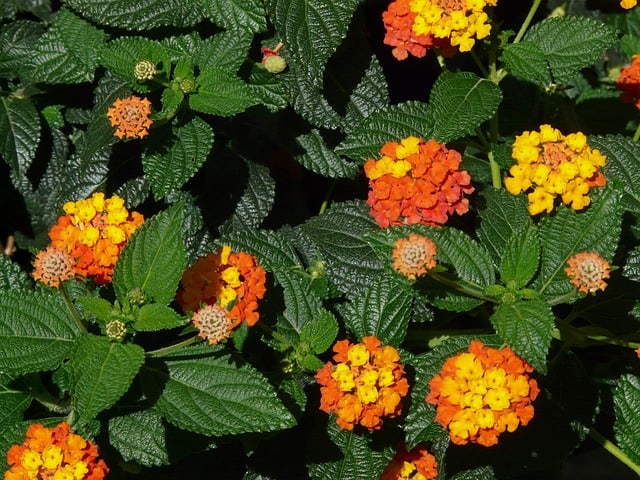
Lantana is a vibrant and heat-loving perennial that adds a tropical flair to any garden. These plants produce clusters of small, nectar-rich flowers in a range of colors, including yellow, orange, red, pink, and purple. Lantana is also known for its ability to attract a variety of pollinators, such as butterflies and hummingbirds, making it a valuable addition to any wildlife-friendly garden.
When planting Lantana in July, choose a location that receives full sun and has well-drained, fertile soil. Amend the soil with compost or aged manure to improve nutrient content and drainage. Space the plants about 18-24 inches apart, and water them regularly during the establishment phase. Once established, Lantana is relatively drought-tolerant and can withstand periods of dry weather. These flowers will typically bloom from mid-summer to early fall, providing a long season of vibrant, eye-catching blooms.
Marigolds
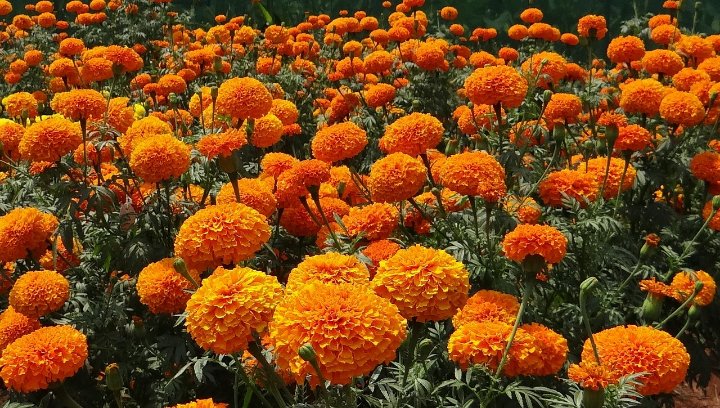
Marigolds are a classic, easy-to-grow annual that add a burst of color and fragrance to any garden. These plants come in a wide range of sizes, shapes, and colors, from the tall, pom-pom-like African Marigolds to the compact, daisy-like French Marigolds. Marigolds are known for their strong, pungent scent, which can help deter pests and attract beneficial insects, such as ladybugs and lacewings.
When planting Marigolds in July, choose a location that receives full sun and has well-drained, nutrient-rich soil. Amend the soil with compost or aged manure to improve fertility and drainage. Space the plants about 8-12 inches apart, and water them regularly during the establishment phase. Once established, Marigolds are relatively drought-tolerant and can withstand periods of dry weather. These flowers will typically bloom from mid-summer to the first frost, providing a long-lasting display of vibrant color and texture in your garden.
Moss Rose
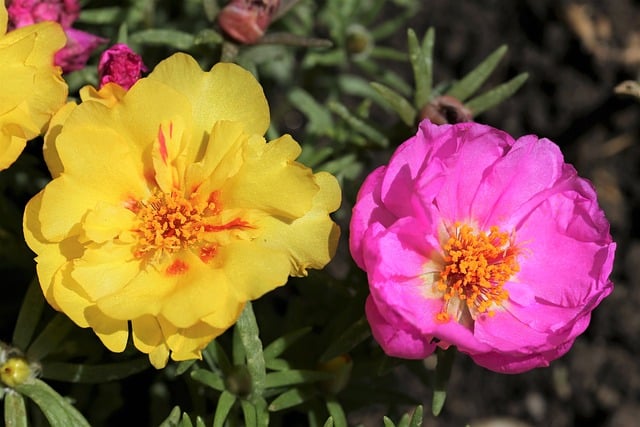
Moss Rose, also known as Portulaca, is a low-growing, succulent annual that thrives in hot, dry conditions. These plants produce delicate, rose-like flowers in a variety of bright, eye-catching colors, including yellow, orange, pink, and red. Moss Rose is also known for its unique, moss-like foliage, which can add an interesting textural element to your garden.
When planting Moss Rose in July, choose a location that receives full sun and has well-drained, sandy soil. Amend the soil with compost or aged manure to improve fertility and drainage. Space the plants about 6-12 inches apart, and water them sparingly, as Moss Rose is highly drought-tolerant. These flowers will typically bloom from mid-summer to the first frost, providing a long season of vibrant, low-maintenance color.
Pachysandra
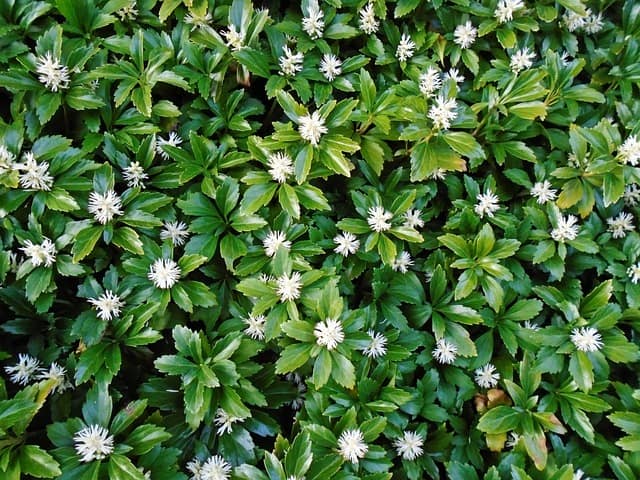
Pachysandra, also known as Japanese Spurge, is a versatile, evergreen groundcover that thrives in shady, moist conditions. These plants produce clusters of small, white flowers in the spring, but their real appeal lies in their glossy, dark green foliage, which can provide a lush, carpet-like coverage in areas where grass may struggle to grow.
When planting Pachysandra in July, choose a location that receives partial to full shade and has moist, well-drained soil. Amend the soil with compost or aged manure to improve fertility and moisture retention. Space the plants about 12-18 inches apart, and water them regularly during the establishment phase. Once established, Pachysandra is relatively low-maintenance and can tolerate periods of drought. These groundcovers will provide a long-lasting, evergreen display of foliage throughout the growing season.
Pentas
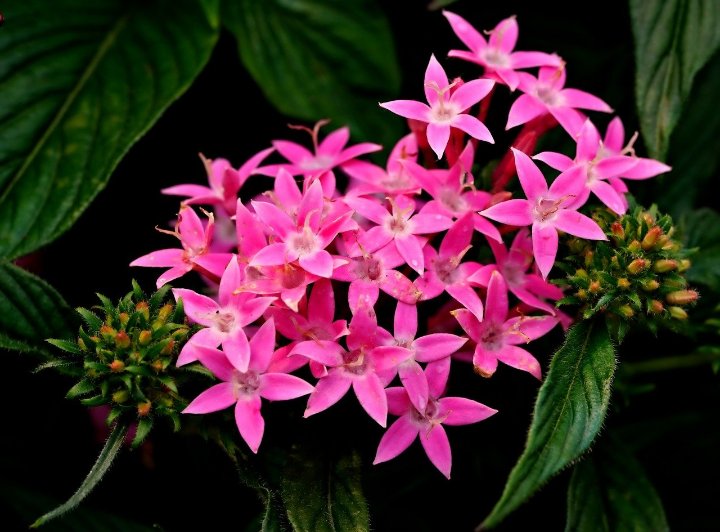
Pentas, also known as Egyptian Star Flower, are a tropical-looking annual that thrive in hot, sunny conditions. These plants produce large, flat-topped clusters of small, star-shaped flowers in a range of colors, including red, pink, purple, and white. Pentas are also known for their ability to attract a variety of pollinators, such as butterflies, hummingbirds, and bees, making them a valuable addition to any wildlife-friendly garden.
When planting Pentas in July, choose a location that receives full sun and has well-drained, fertile soil. Amend the soil with compost or aged manure to improve nutrient content and drainage. Space the plants about 12-18 inches apart, and water them regularly during the establishment phase. Once established, Pentas are relatively drought-tolerant and can withstand periods of dry weather. These flowers will typically bloom from mid-summer to the first frost, providing a long season of vibrant, nectar-rich blooms.
Russian Sage

Russian Sage, also known as Perovskia, is a drought-tolerant, aromatic perennial that adds a touch of elegance and structure to any garden. These plants produce tall, airy spikes of small, lavender-blue flowers that bloom from mid-summer to fall. Russian Sage is also known for its silvery-gray, finely-textured foliage, which can provide a beautiful contrast to other plants in your garden.
When planting Russian Sage in July, choose a location that receives full sun and has well-drained, sandy soil. Amend the soil with compost or aged manure to improve fertility and drainage. Space the plants about 18-24 inches apart, and water them regularly during the establishment phase. Once established, Russian Sage is highly drought-tolerant and can withstand periods of dry weather. These plants will typically bloom from mid-summer to the first frost, providing a long season of beautiful, fragrant blooms.
Yarrow
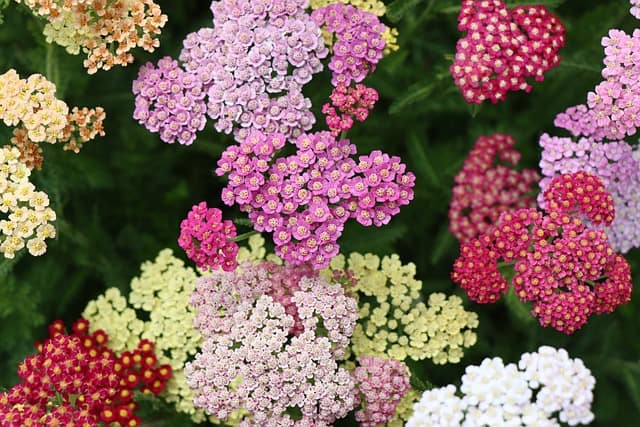
Yarrow, also known as Achillea, is a hardy, drought-tolerant perennial that thrives in hot, sunny conditions. These plants produce clusters of small, flat-topped flowers in a range of colors, including white, yellow, pink, and red. Yarrow is also known for its finely-divided, aromatic foliage, which can add a unique texture to your garden.
When planting Yarrow in July, choose a location that receives full sun and has well-drained, nutrient-poor soil. Yarrow prefers slightly alkaline soil, so you may need to amend the soil with lime if your garden has acidic conditions. Space the plants about 18-24 inches apart, and water them regularly during the establishment phase. Once established, Yarrow is highly drought-tolerant and can withstand periods of dry weather. These flowers will typically bloom from mid-summer to early fall, providing a long season of vibrant, pollinator-friendly blooms.
Yarrow is a versatile plant that can be used in a variety of garden settings, from formal borders to naturalized meadows. Its long-lasting flowers and ability to thrive in poor soil make it an excellent choice for low-maintenance, water-wise gardens. Additionally, Yarrow is known for its medicinal properties and has been used for centuries to treat a variety of ailments.
Zinnia

Zinnia is a bright, cheerful annual that adds a burst of color to any summer garden. These plants produce large, daisy-like flowers in a wide range of colors, including red, orange, yellow, pink, and purple. Zinnias are also known for their long vase life, making them a popular choice for cut flowers.
When planting Zinnias in July, choose a location that receives full sun and has well-drained, nutrient-rich soil. Amend the soil with compost or aged manure to improve fertility and drainage. Space the plants about 12-18 inches apart, and water them regularly during the establishment phase. Once established, Zinnias are relatively drought-tolerant and can withstand periods of dry weather. These flowers will typically bloom from mid-summer to the first frost, providing a long season of vibrant, low-maintenance color.
Zinnias are a great choice for beginner gardeners or those looking to add a pop of color to their garden. They are easy to grow, require minimal maintenance, and can thrive in a variety of soil types and growing conditions. Additionally, Zinnias are known to attract a variety of pollinators, such as butterflies and hummingbirds, making them a valuable addition to any wildlife-friendly garden.





